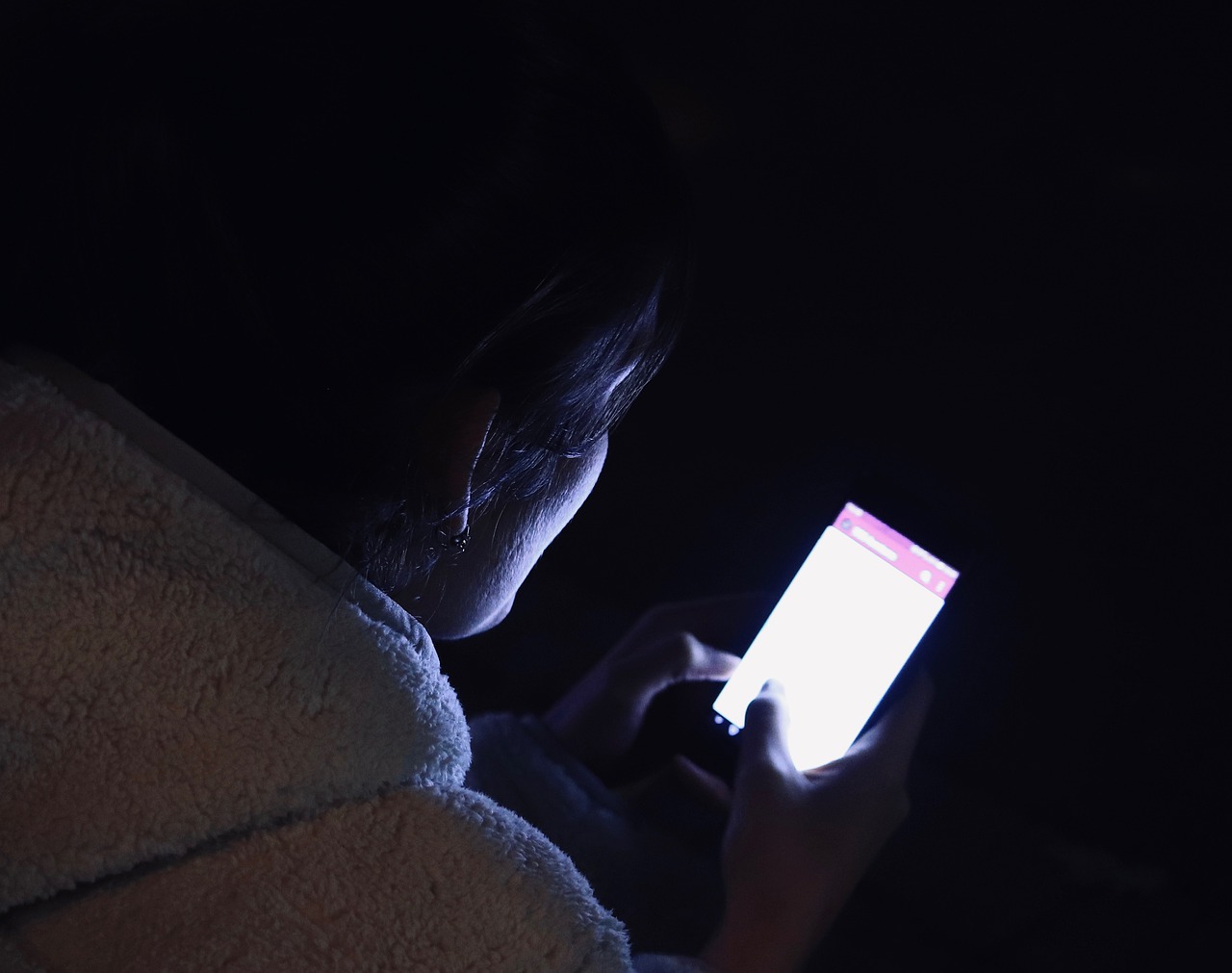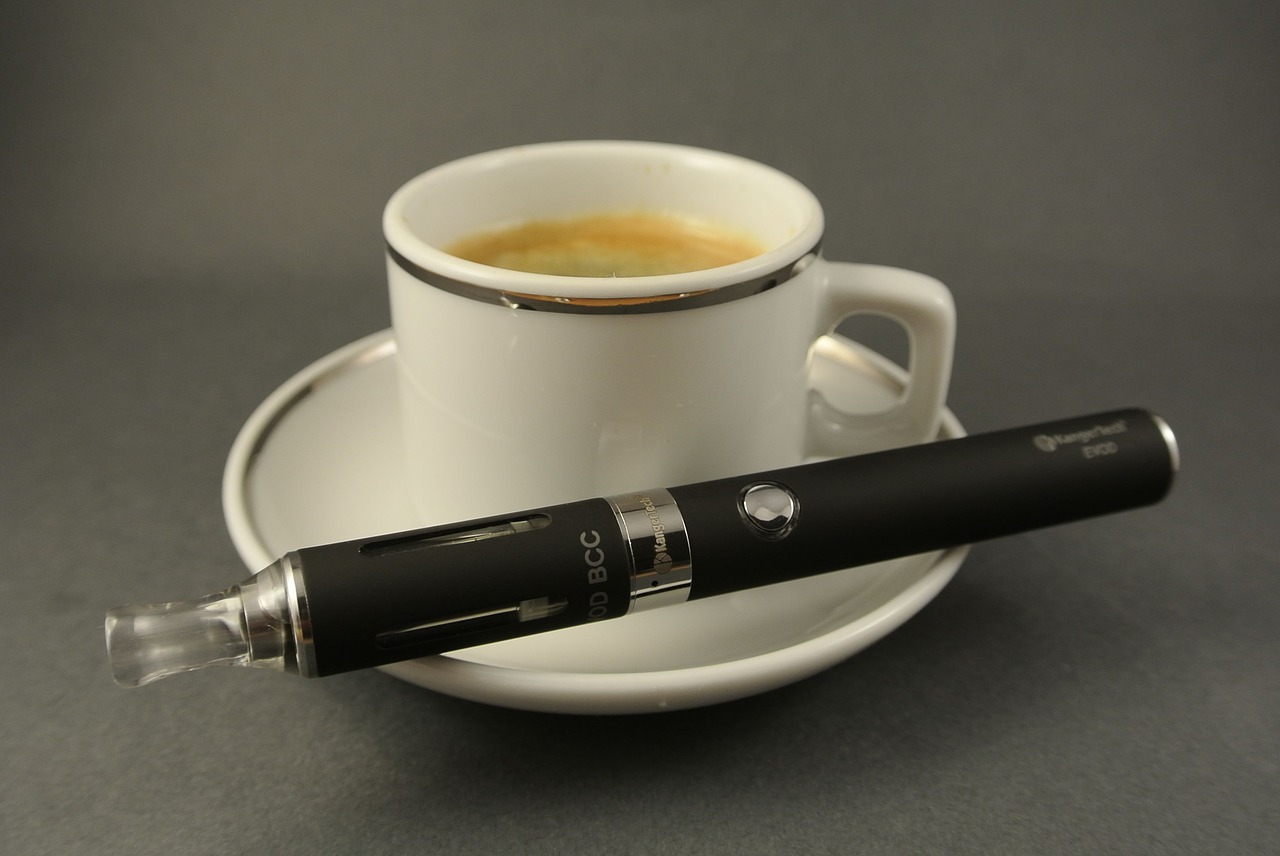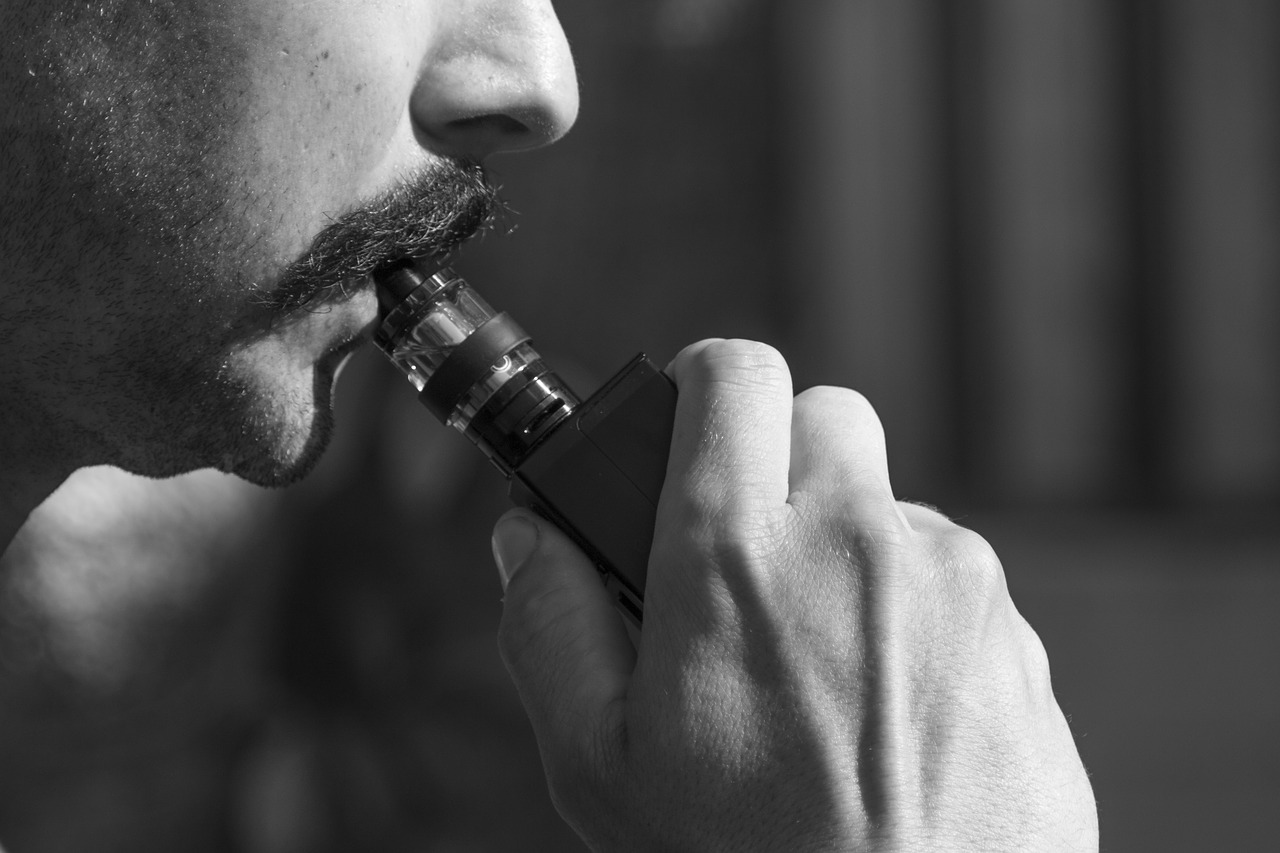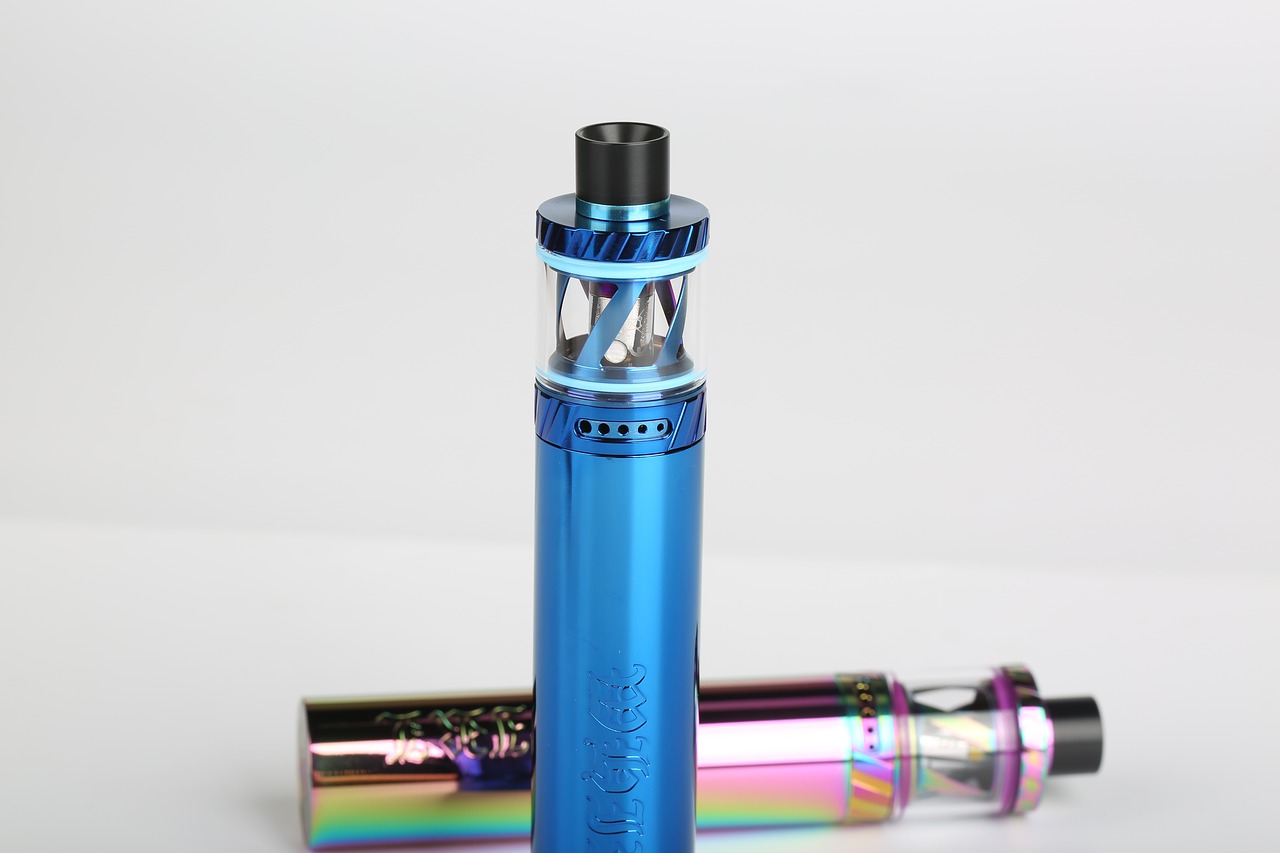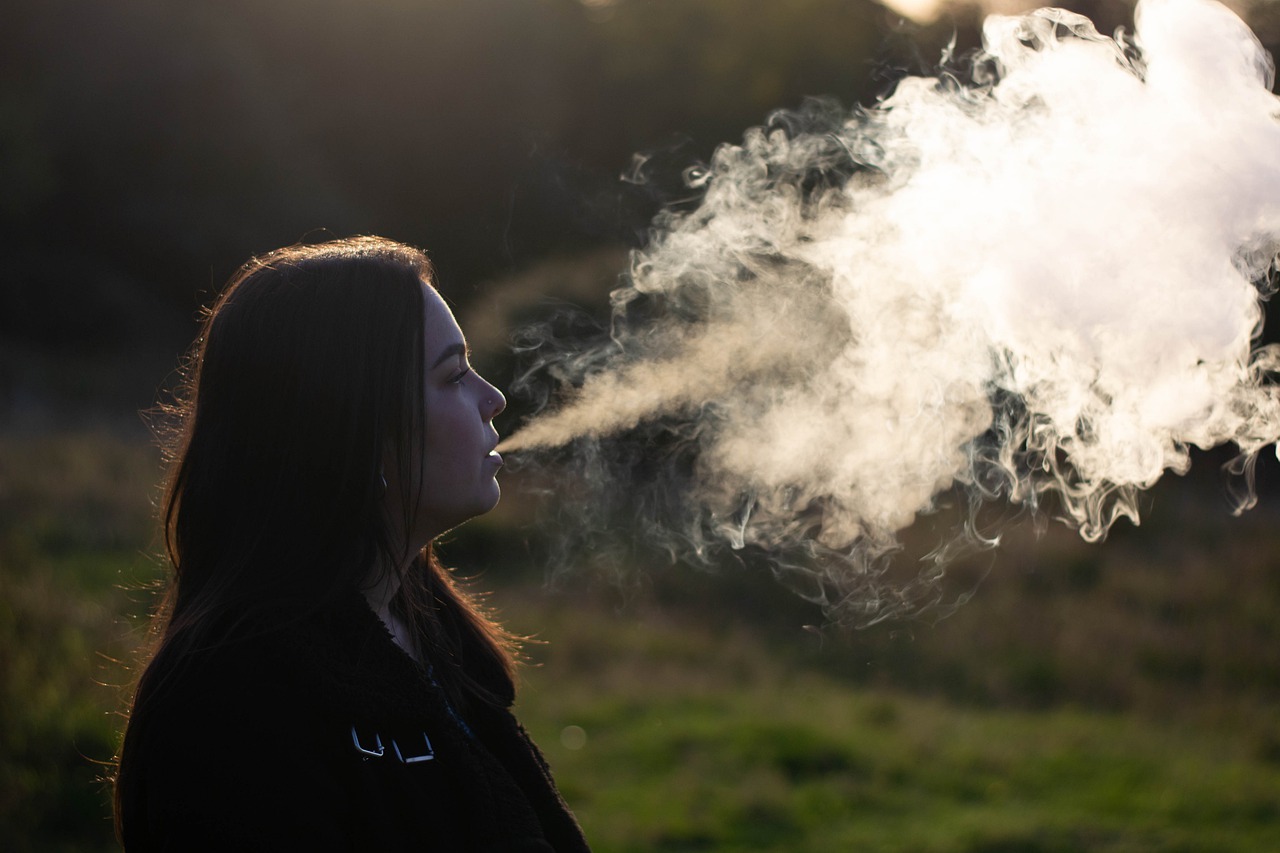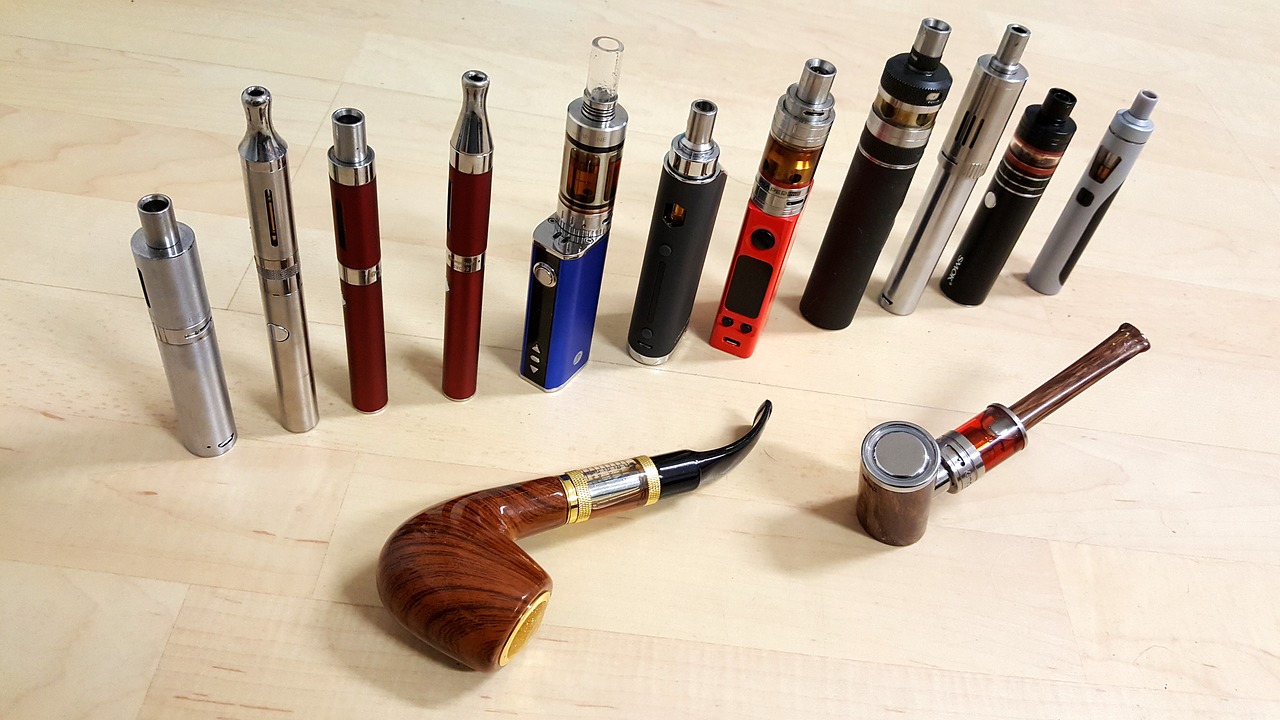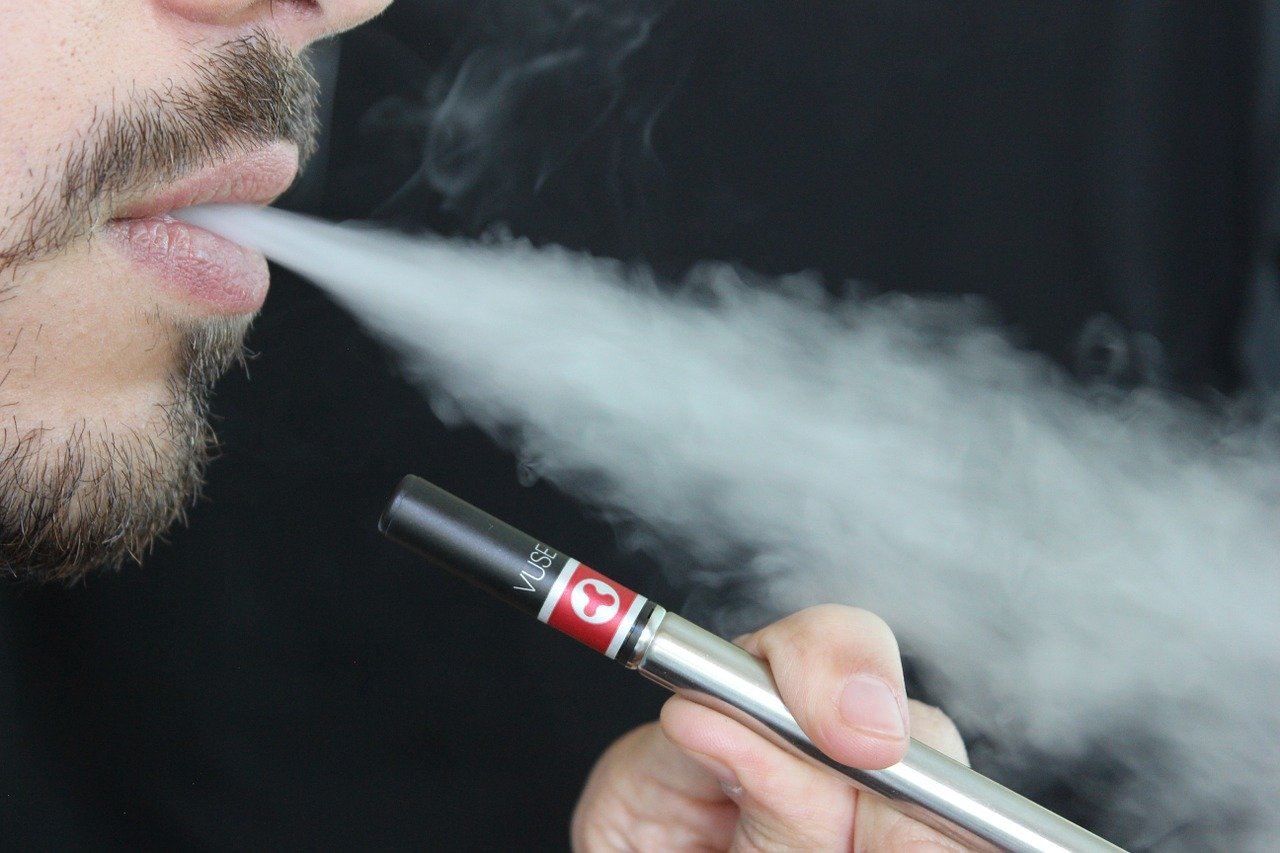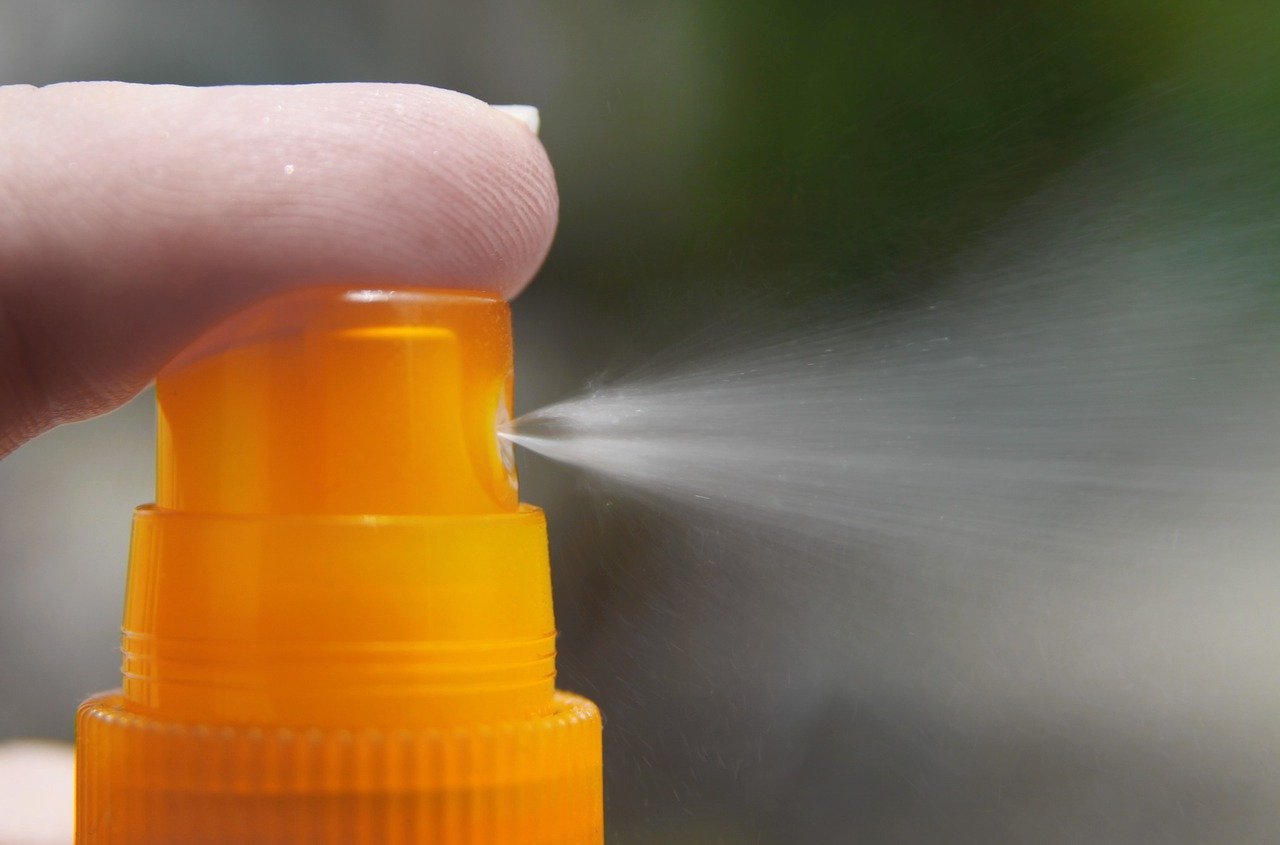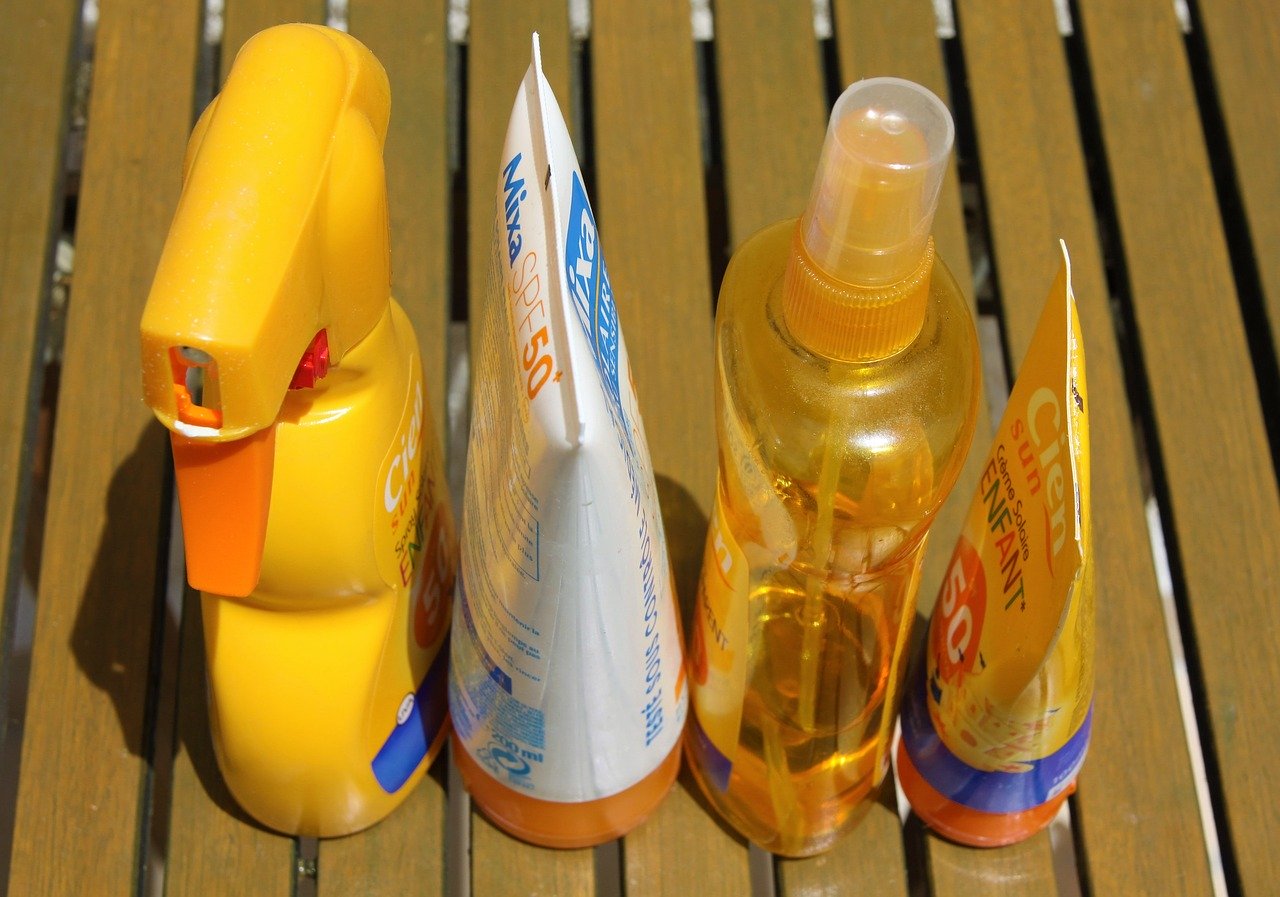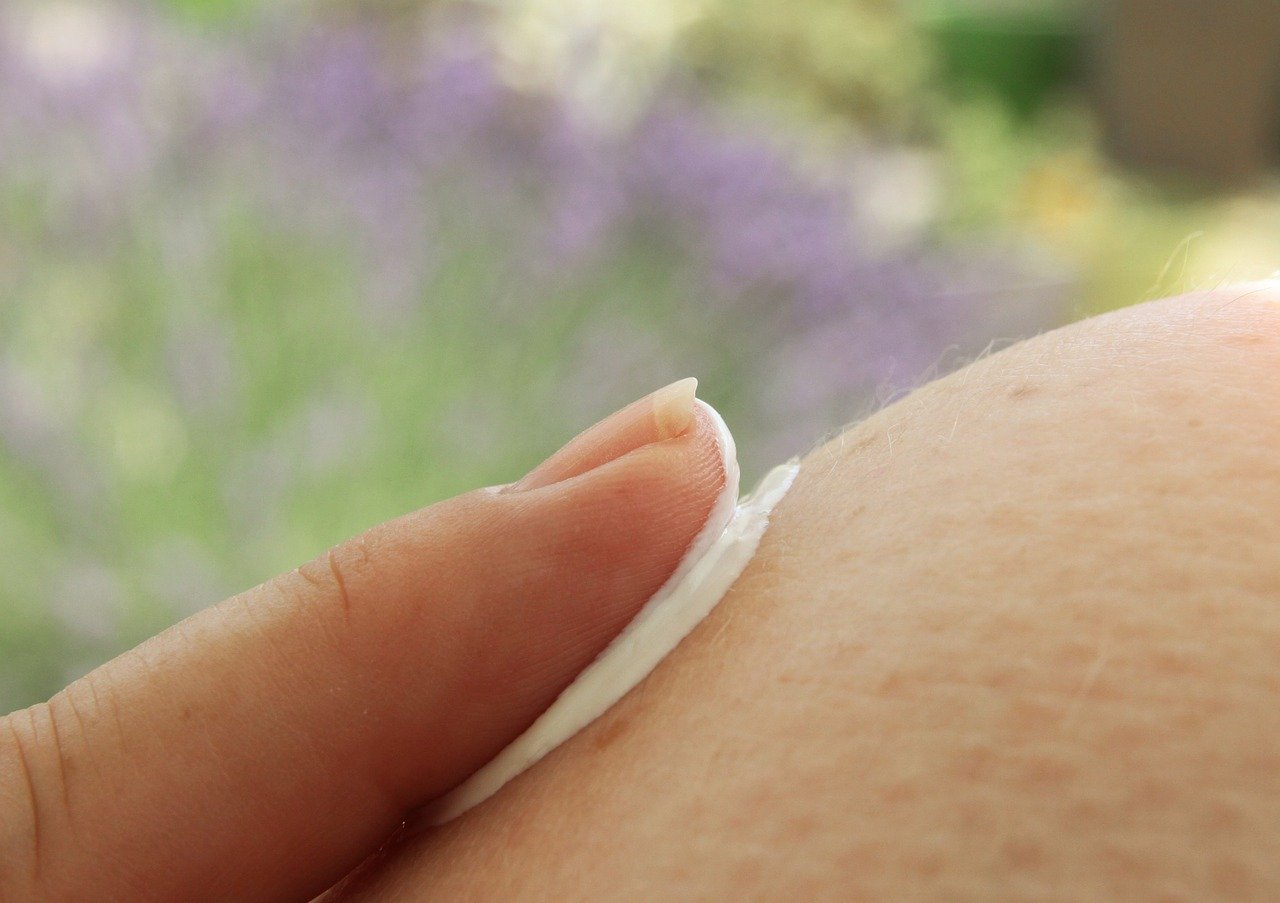In October 2018 researchers from Hungary published the results of their study to assess heart rate during short-term 1,800MHz GSM mobile phone exposure. A total of 20 healthy individuals were … Read more
Interrupted sleep, caused by overnight smartphone use, appears to lead to a higher body mass index
In October 2018 researchers from Denmark published the results of their study to assess whether there was any association between overnight smartphone use and associated interrupted sleep with mental and … Read more
Secondhand exposure to e-cigarettes may make asthma symptoms worse
In January 2019 researchers from the USA published the results of their study to assess the association between secondhand e-cigarette exposure and an increase in asthma symptoms in adolescents with … Read more
A Task Force from the European Respiratory Society have stated that currently there is no evidence that e-cigarettes are safer than tobacco in the long term
In January 2019 a task force from the European Respiratory Society, comprising of researchers from Germany, UK, Italy, USA, The Netherlands, Spain, Greece and Sweden, published their report on the … Read more
E-cigarettes may potentially be more addictive than smoking cigarettes
In June 2019 researchers from Poland and Canada published the results of their study to assess patterns of e-cigarette usage and to compare nicotine dependence amongst traditional cigarette and e-cigarette … Read more
There is emerging evidence that even nicotine-free e-cigarette usage during pregnancy may harm the developing foetus
In August 2019 researchers from the USA published their review of the use of e-cigarettes during pregnancy. They stated that maternal smoking during pregnancy is a major public health concern … Read more
Breastfeeding mothers need access to relevant and reliable information about e-cigarettes
In August 2019 researchers from the UK published their study to assess the current attitudes, motivations and barriers to post-partum e-cigarette usage, particularly in breastfeeding mothers. Many women return to … Read more
There is evidence that using e-cigarettes can cause chronic lung disease and cardiovascular disease as well as leading to a 3-fold increase in the risk of smoking combustible cigarettes in the future
In August 2019 researchers from the UK and Australia published their review of the medical and scientific literature to assess the safety and effectiveness of e-cigarettes as a means of … Read more
Makers of e-cigarette refills are still not meeting European regulations with respect to labelling/packaging and design/safety features
In September 2019 researchers from the European Network for Smoking and Tobacco Preventian published the results of their study to assess e-cigarette compliance with European regulations regarding labelling/packaging and design/safety … Read more
Health campaigners should carefully assess the scientific uncertainty surrounding the use of e-cigerettes and consider ways to clearly convey this information
In October 2018 researchers from the USA published the results of their survey to ascertain whether vape shop customers felt their health was affected by the use of e-cigarettes. A … Read more
Severe illness affecting the lungs associated with e-cigarette usage
The response of different countries to the current vaping crisis underlines a deeper difference in the approach to e-cigarettes. UK health bodies are leading a push for e-cigarettes to be … Read more
Whilst acknowledging the environmental impact of sunscreens, dermatologists have a duty to continue emphasizing the public health impact of excessive sun exposure and give advice about appropriate protection from the sun, including applying appropriate sunscreens
In January 2019 researchers from the USA published their review on the environmental effects of oxybenzone and other sunscreen active ingredients. The use of sunscreens has increased in line with … Read more
Oxybenzone
Oxybenzone is known by many names including (2-Hydroxy-4-methoxyphenyl)-phenylmethanone, benzophenone-3, and 2-Hydroxy-4-methoxybenzophenone. It may be found in sunscreens, facial moisturizers, lip balm, lipstick, anti-aging creams, hair conditioners, hair spray, nail polish … Read more
Octocrylene
Octocrylene is known by many names including 2-Ethylhexyl 2-cyano-3,3-diphenyl-2-propenoate, 2-Ethylhexyl 2-cyano-3,3-diphenylacrylate, UV Absorber-3, 2-Propenoic acid,2-cyano-3,3-diphenyl-,2-ethylhexyl ester and octocrilene and is found in many cosmetic products including sunscreen, lip balm, face … Read more
Octinoxate
Octinoxate is known by many names including octyl methoxycinnamate, ethylhexylmethoxy cinnamate, escalol, neo heliopan, etc and is found in many skin and cosmetic products, including makeup foundation, hair dye, shampoo, … Read more
Although there is a gradual accumulation of octinoxate and octocrylene in coral, other ingredients in sunscreen products appear to increase the degree and rate of absorption and exacerbate the toxicity of sunscreen products
In February 2019 researchers from Hong Kong, China and Taiwan published the results of their study to assess the effect of 7-day exposures to two of the organic ultraviolet filters … Read more
Will the protection of coral reefs result in an increase in human skin cancers?
In February 2019 researchers from the USA published their review of the reasons why Hawaii have recently banned two major ingredients, oxybenzone and octinoxate, found in the majority of commonly … Read more
Examine all available evidence before making decisions on sunscreen ingredient bans
In July 2019 researchers from the USA published their scientific article on coral bleaching. They stated that coral bleaching is a worldwide problem and more needs to be done to … Read more
Oxybenzone, found in sunscreens, may be associated with contact and photocontact allergy reactions and Hirschsprung’s disease, as well as producing a variety of toxic reactions in coral and fish ranging from reef bleaching to mortality
In February 2018 researchers from from the USA published their review on the chemical oxybenzone (also known as Benzophenone-3) which is an emerging human and environmental contaminant used in sunscreens … Read more
An analysis of Pininterest reveals that over 68% of the recommended recipes for homemade sunscreens offer insufficient ultraviolet radiation protection
In May 2019 researchers from the USA published the results of their study to assess homemade sunscreens on social media, specifically Pinterest, which has over 175 million users. Recent interest … Read more


